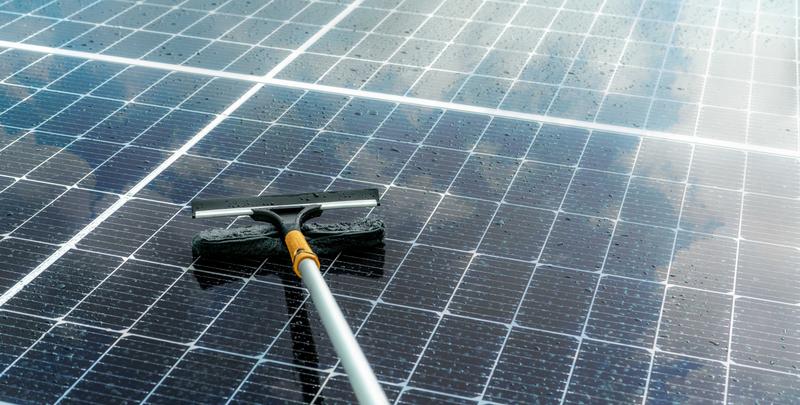
In case you’re attempting to find a higher-performance
Why Photo voltaic Panel Cleaning Issues
Photo voltaic panels capture energy at their finest when clean. Dust, pollen, hen droppings, and smog minimize effectiveness—in some cases by 20% or even more. Standard cleansing helps preserve ideal general performance, extend panel everyday living, and shield your financial commitment.
Key Added benefits:
- Improved Power output
- Decrease electrical power payments
- Extended panel lifespan
- Minimized possibility of micro‑cracks resulting from thermal hotspots
Different types of Solar Cleaning Instruments
Deciding on the appropriate Instrument depends upon your setup, h2o availability, and sought after usefulness. Categories involve:
- Drinking water‑run photo voltaic brush methods
- Portable solar panel cleansing package bundles
- Pure h2o cleansing systems
- Rotary solar brushes and extension poles
H2o Powered Solar Brush Methods
These brushes connect to a drinking water resource and spin while dispensing water, combining cleansing and lubrication in a single action. The end result: spotless panels without scratching.
Crucial Characteristics:
- Integrated water feed in the brush head
- Tender bristles Secure for glass surfaces
- Rotary movement lessens guide work
- Mounts on extension poles for rooftop obtain
Moveable Solar Panel Cleaning Kit
A complete
- Brush head (fastened or rotating)
- Extension pole (adjustable lengths approximately 6 m)
- Hose adapters or quick‑link fittings
- Pure‑water tank or filtration method
- Soft microfiber towels or squeegees
- Non‑abrasive cleaning solution (if authorized)
Advantages of All-in-One Kits:
- Start off cleansing with minimum setup
- Compact for storage or vacation
- Compatible with residential or business photo voltaic arrays
Pure Water Solar Cleaning Programs
These devices purify nearby drinking water—taking away minerals and Dust—so it received’t go away scale or streaks. Pure h2o empowers professional-quality results without chemicals.
How It Works:
- Pretreatment filtration (sediment, carbon, ion exchange)
- Last deionization or reverse‑osmosis phase
- Filtered drinking water circulated through brush for cleansing
- Residue‑totally free drying—no places or streaks left driving
Rotary Solar Brush & Extension Poles
For big solar arrays or commercial use, an influence-rotating head on the telescoping extension pole helps make cleansing economical and Risk-free.
Positive aspects:
- Fewer Actual physical hard work, quicker coverage
- Attain roofs and floor‑mounted panels very easily
- Adjustable shaft lengths for various angles
- Universal speedy‑connect guidelines for components
Concentrate on Basic safety & Best Methods
Cleaning photo voltaic panels consists of heights and slippery surfaces—safety very first:
- Use non‑conductive extension poles
- Prevent tension washers that may crack glass
- Operate early or late to stop glare and warmth
- Have on grips and slip-resistant sneakers
- Observe community drinking water‑use policies or limitations
Phase‑by‑Phase Cleaning Schedule
- Turn from the photo voltaic inverter or be certain procedure is deactivated
- Rinse panels with very low‑force drinking water
- Use a brush (or photo voltaic brush kit) with h2o feed
- Scrub Carefully in overlapping, linear passes
- Rinse extensively with thoroughly clean h2o
- Dry with microfiber squeegee or comfortable towel—only if essential
Choosing the Right Solar Panel Cleaning Resource
Consider your set up as well as your drinking water access:
| State of affairs | Ideal Tool | Strengths |
|---|---|---|
| One‑loved ones roof panels | Drinking water driven solar brush + pole | Effortless, fast, negligible setup |
| Large, ground‑mount arrays | Solar panel cleaning package with long pole | Large access, efficient coverage |
| Water with tricky minerals | Pure h2o solar cleansing method | Place‑free of charge results without substances |
| Regular routine maintenance | Rotary brush + pole combo | Pace, consistency, very low fatigue |